Textiles and garments are an export industry that enjoys many incentives when the Vietnam - EU Free Trade Agreement (EVFTA) comes into effect. However, incentives only come when Vietnamese exporters meet the regulations in EVFTA, of which the most important is the regulation on origin of goods.
The challenge of overcoming "rules of origin"
According to statistics from the General Department of Customs, Vietnam's total textile and garment export turnover to markets around the world in the first 6 months of 2024 reached over 16.52 billion USD, an increase of 5.04% over the same period in 2023. Of which, exports to the EU accounted for 11.54% of the total turnover, reaching nearly 1.91 billion USD, an increase of 1.63%.
This achievement is due to the fact that businesses have seized the market opportunities well when the demand of EU people increases. In addition, the EVFTA Agreement has been utilized relatively well by businesses, including the rules on origin of goods, helping textiles and garments to improve their competitiveness in the EU market.
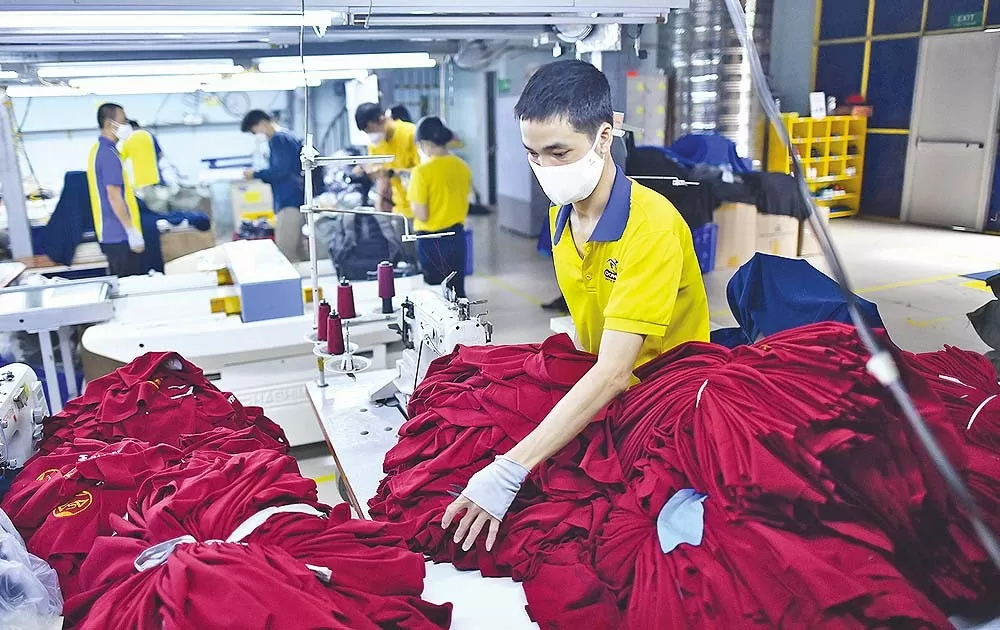 |
| Textile products may require traceability down to the yarn, which will cause difficulties for businesses. Photo: Le Phu |
In bilateral or multilateral free trade agreements (FTAs), rules of origin are used to control goods exported and imported from regions, with the dual goal of both ensuring the rights of member countries and preventing goods from countries not in the FTA region from enjoying preferential tariff rights.
To make the most of the advantages of FTAs, understanding and effectively applying the rules of origin, including the cumulative rules of origin, is an urgent requirement for both customs authorities and businesses, contributing to promoting international trade, improving competitiveness and successfully integrating the Vietnamese economy into the regional and global economy.
For textiles exported to the EVFTA market, the rules of origin are extremely important. According to the EVFTA commitment, textiles will have their tariffs eliminated by the EU for 77.3% of export turnover within 5 years, and the remaining 22.7% of turnover will also have their tariffs eliminated by the EU after 7 years. While the EU is currently the third largest textile import market of Vietnam, there is still a lot of room in this market when our textile market share in the EU is only less than 2% (4 billion USD/250 billion USD).
To enjoy the prescribed import tax rate, Vietnamese fabric products must be woven in Vietnam or the EU and cut and sewn in Vietnam. Up to now, the two-stage rule of origin requiring "from fabric onwards" is considered much stricter than the ATIGA Agreement or the RCEP Agreement that Vietnam is participating in. It can be said that EVFTA has hit the weak point of the Vietnamese garment industry. Because the production of raw materials for the textile and garment industry is not the strength of Vietnamese enterprises.
Support businesses to remove "bottlenecks"
To address the weakness in textile raw materials, Vietnam has negotiated with EU countries to include in the EVFTA a provision allowing Vietnamese enterprises to add the origin content of textile raw materials imported from Korea (a country that has signed an FTA with the EU) to textile products manufactured in Vietnam to enjoy tariff incentives when exporting to EU countries.
Mr. Tran Thanh Hai - Deputy Director of the Import-Export Department (Ministry of Industry and Trade) said that with such a flexible way of considering the origin of goods, the rule of origin accumulation will help promote intra-bloc trade, strengthen the regional supply chain, thereby contributing to improving the competitiveness of goods of member countries participating in FTAs.
 |
Textile and garment exports benefit from cumulative rules of origin. Photo: Vitas |
According to Vice President of the Vietnam Textile and Apparel Association (Vitas) Truong Van Cam, the Vietnamese textile and garment industry is focusing about 85% of its production capacity on exports. "The goal in the coming time of the textile and garment industry is to diversify markets, along with diversifying products, increasing competitiveness and making good use of opportunities from (FTAs) to promote exports," said Mr. Cam.
Meanwhile, market standards are also increasingly strict, for example, some countries, such as the US, EU... have issued very high regulations on the origin of goods and the environment. Therefore, to maintain the market, Vice President of Vitas proposed that foreign trade offices provide more support with information from markets, policies of the host country... so that domestic enterprises can orient and adjust production and business activities accordingly.
"Currently, many countries are introducing trade defense measures, so businesses need information sharing and warnings to help them find solutions to respond," said Mr. Truong Van Cam.
According to economic experts, in order for Vietnam to successfully take advantage of opportunities from signed FTAs and be proactive in the FTA "playground", both management agencies and businesses must understand the "rules of the game".
First of all, in addition to understanding information about opportunities as well as adverse impacts to prepare for adaptation, businesses need to carefully study the commitments of FTAs. Especially the commitments related to the fields of production and business, especially the regulations on rules of origin.
The Draft Strategy for the Development of the Textile, Garment and Footwear Industry for the 2021-2030 period, with a vision to 2035, has oriented to promote investment in the production of raw materials and accessories for the textile, garment and footwear industry, meeting the requirements on the rules of origin of goods of new-generation FTAs, as well as promoting the localization process; Promoting the shift from outsourcing to forms that require higher capacity in supply chain and value chain management...
The efforts of businesses, along with the participation of State management agencies, will join forces to create strong steps, solving the problem of rules of origin in FTAs.
Source: https://congthuong.vn/nganh-det-may-giai-bai-toan-xuat-xu-hang-hoa-trong-hiep-dinh-evfta-336634.html


![[Photo] General Secretary To Lam receives King Philippe of Belgium](https://vstatic.vietnam.vn/vietnam/resource/IMAGE/2025/4/1/e5963137a0c9428dabb93bdb34b86d7c)
![[Photo] President Luong Cuong and King Philippe of Belgium visit Thang Long Imperial Citadel](https://vstatic.vietnam.vn/vietnam/resource/IMAGE/2025/4/1/cb080a6652f84a1291edc3d2ee50f631)
![[Photo] Prime Minister Pham Minh Chinh meets with King Philippe of Belgium](https://vstatic.vietnam.vn/vietnam/resource/IMAGE/2025/4/1/be2f9ad3b17843b9b8f8dee6f2d227e7)


![[Photo] Close-up of Vietnam's sniffer dog team searching for earthquake victims in Myanmar](https://vstatic.vietnam.vn/vietnam/resource/IMAGE/2025/4/1/d4949a0510ba40af93a15359b5450df2)
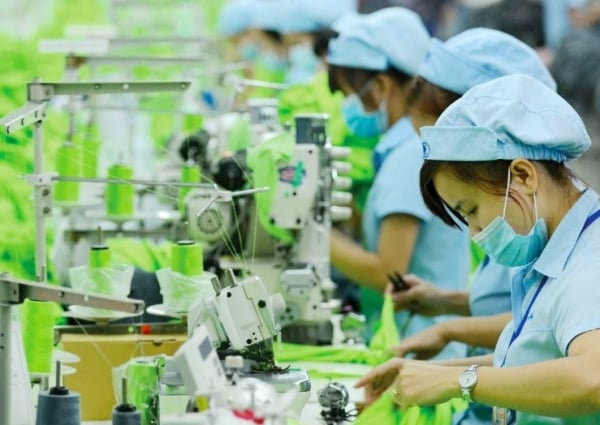
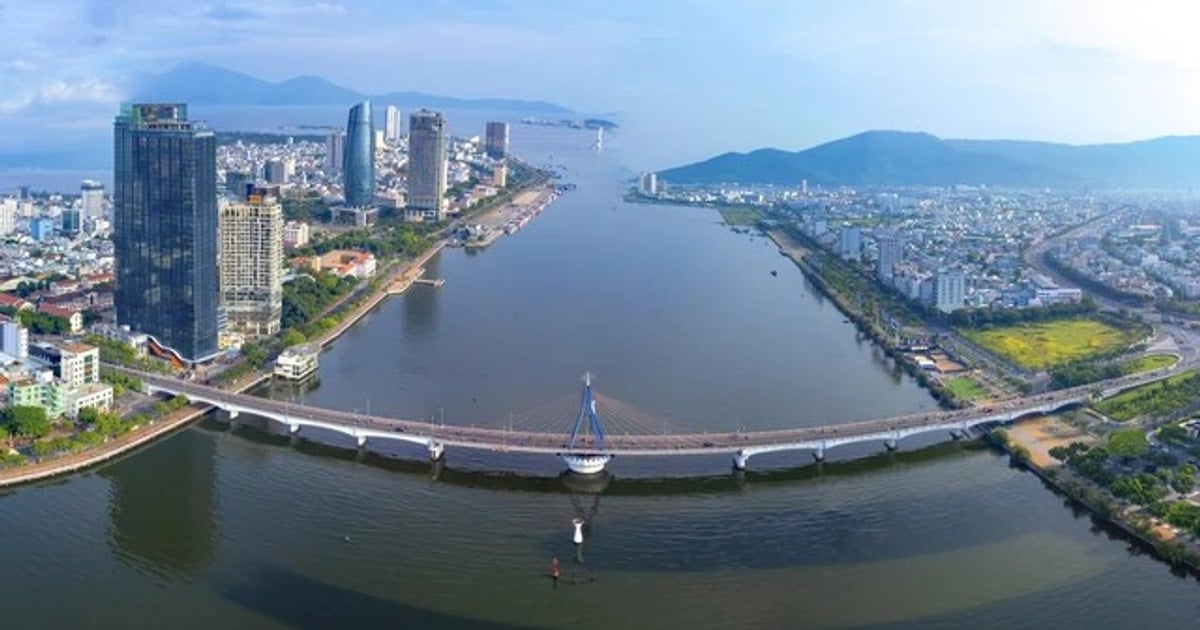



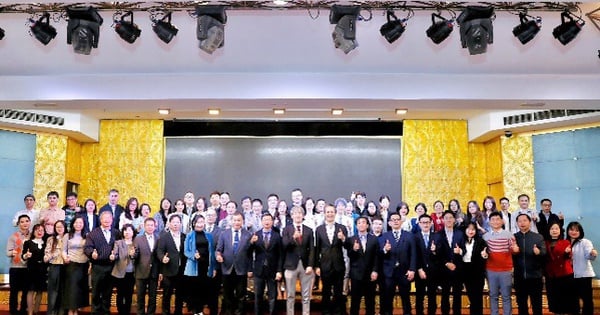




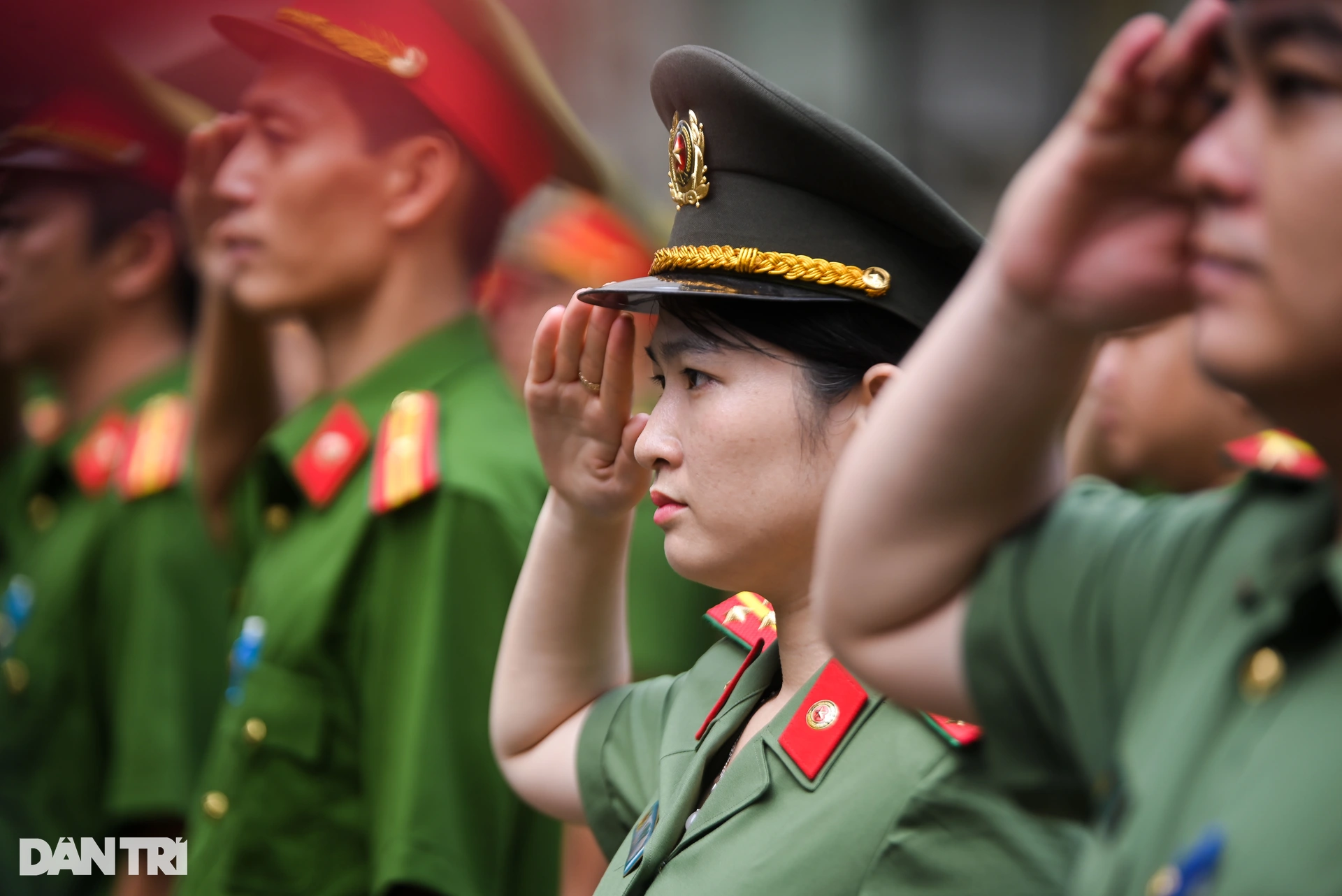
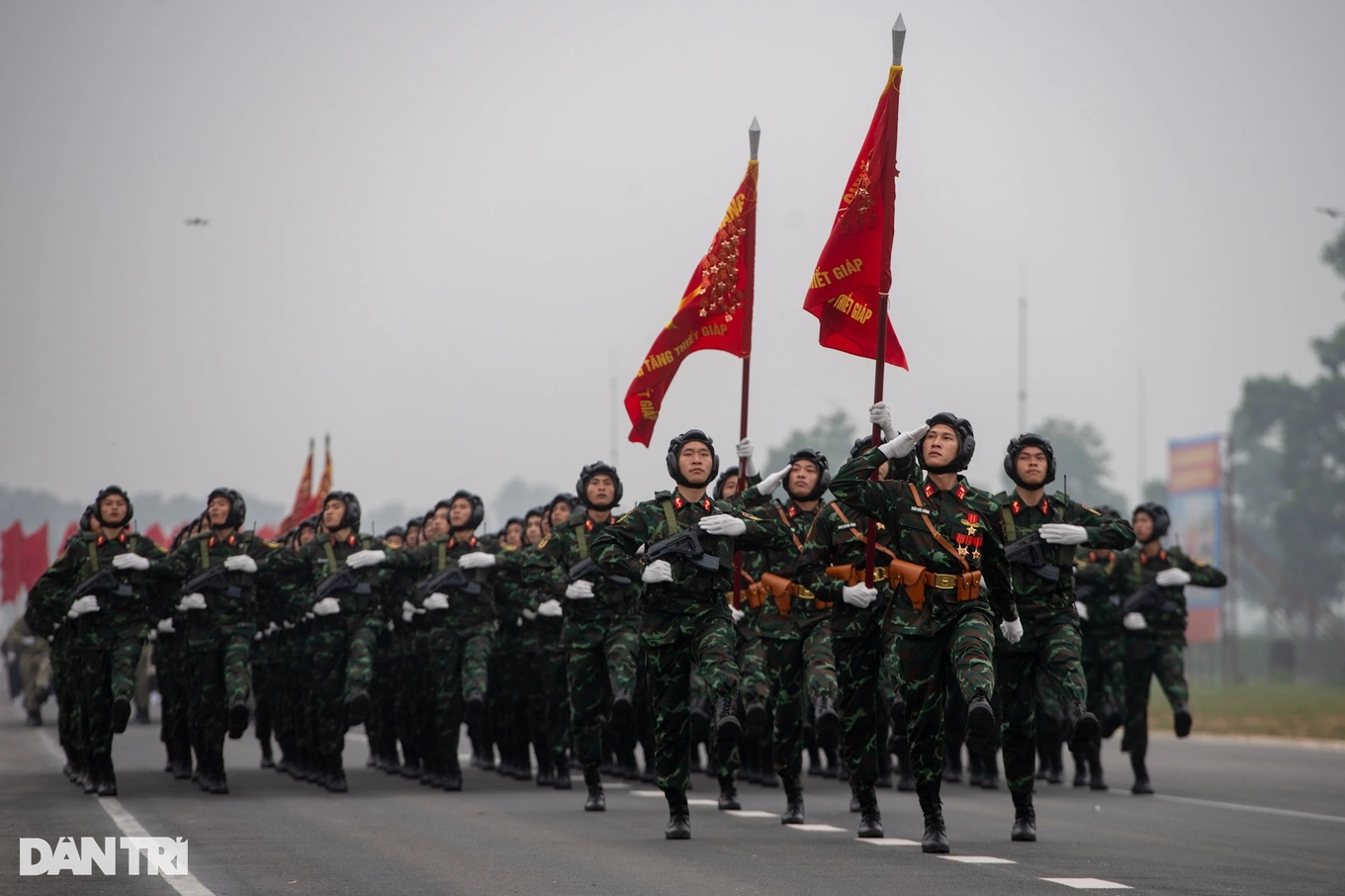
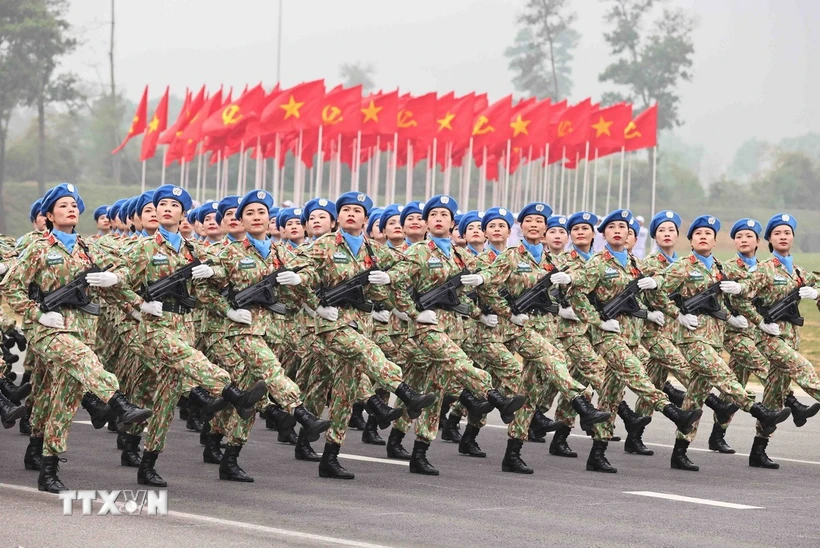
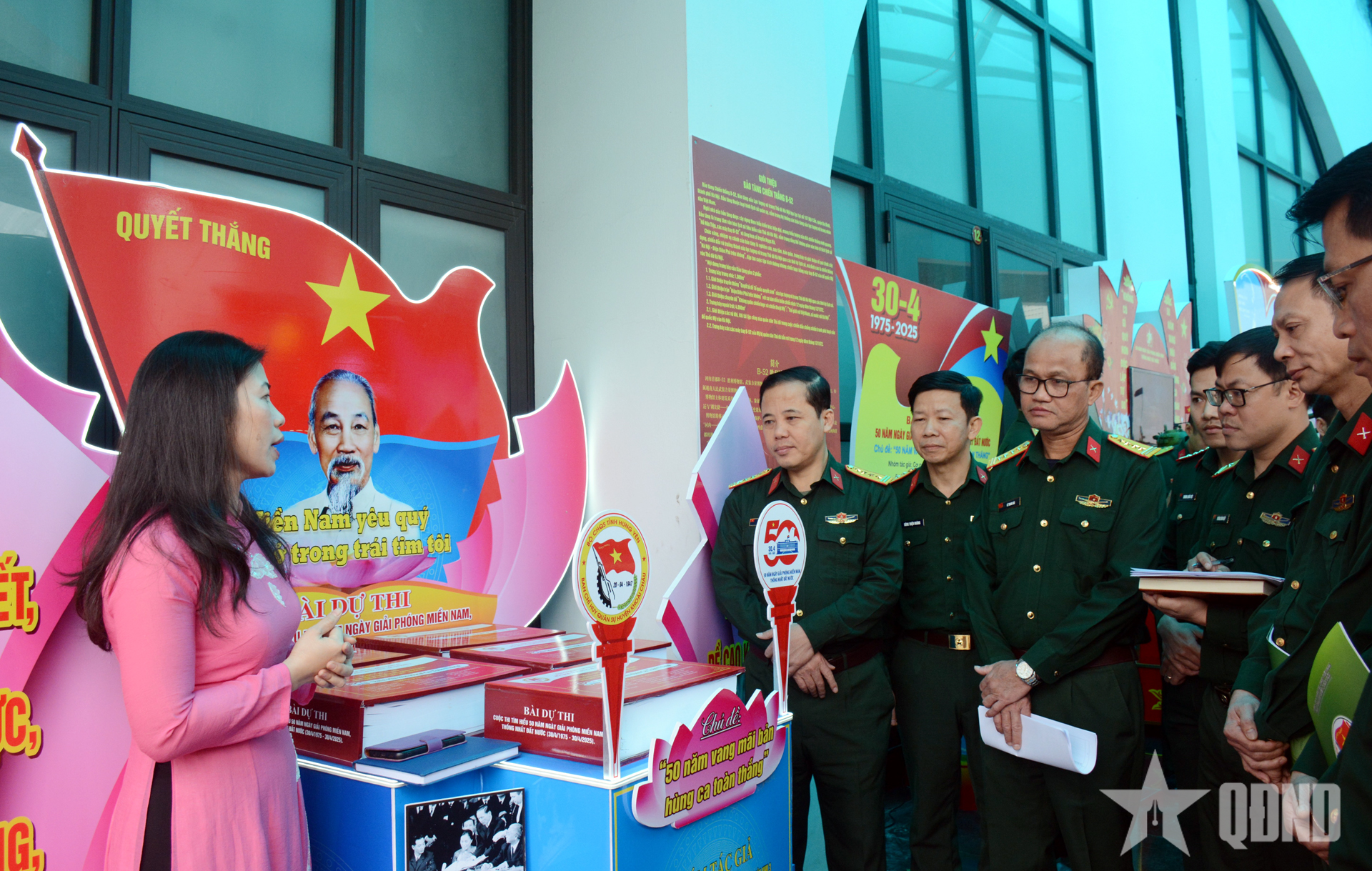




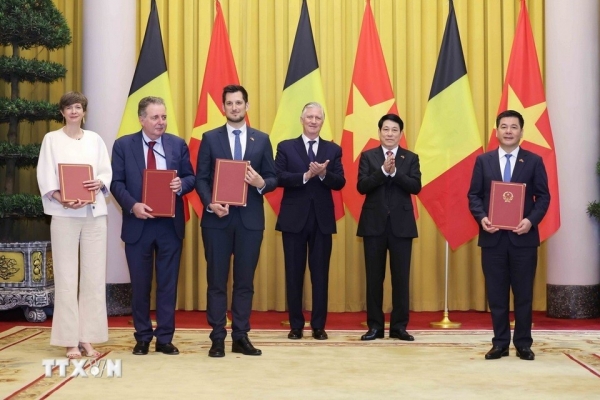
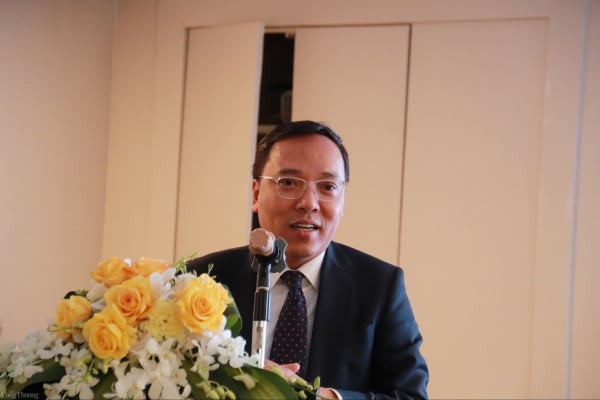
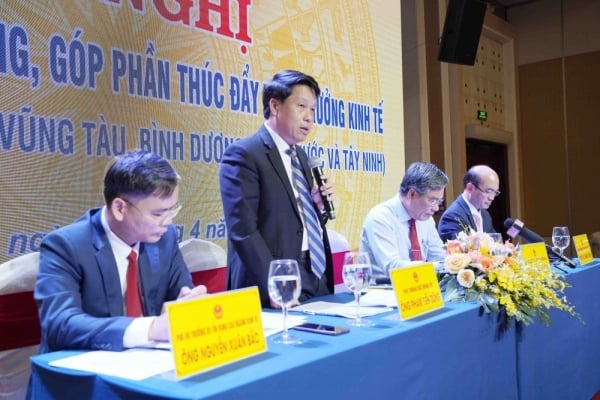

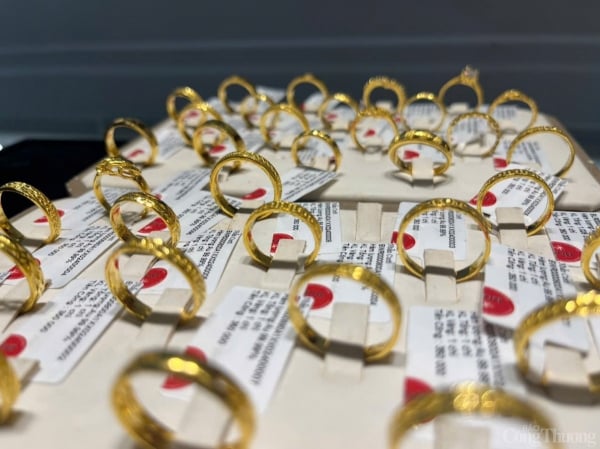
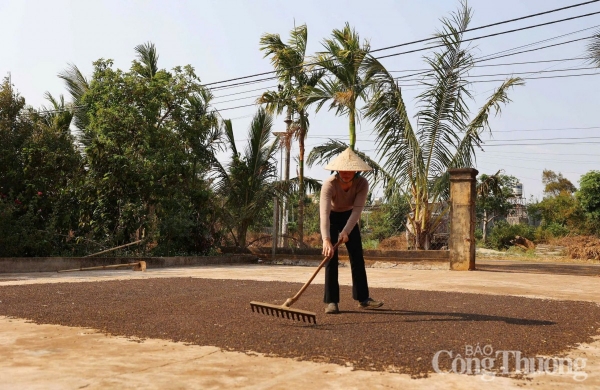
![[Photo] Myanmar's capital in disarray after the great earthquake](https://vstatic.vietnam.vn/vietnam/resource/IMAGE/2025/4/1/7719e43b61ba40f3ac17f5c3c1f03720)






























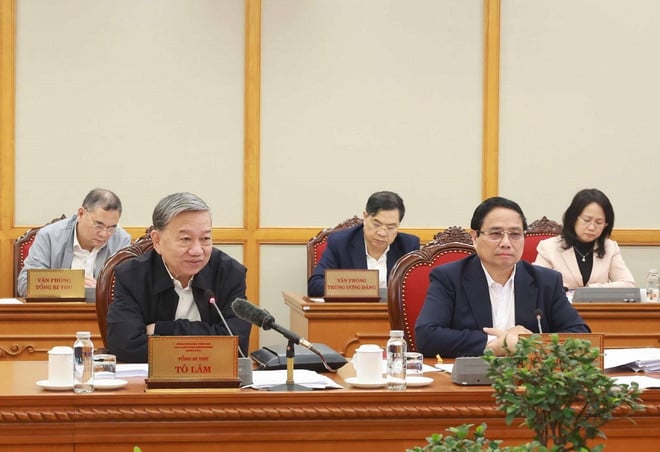
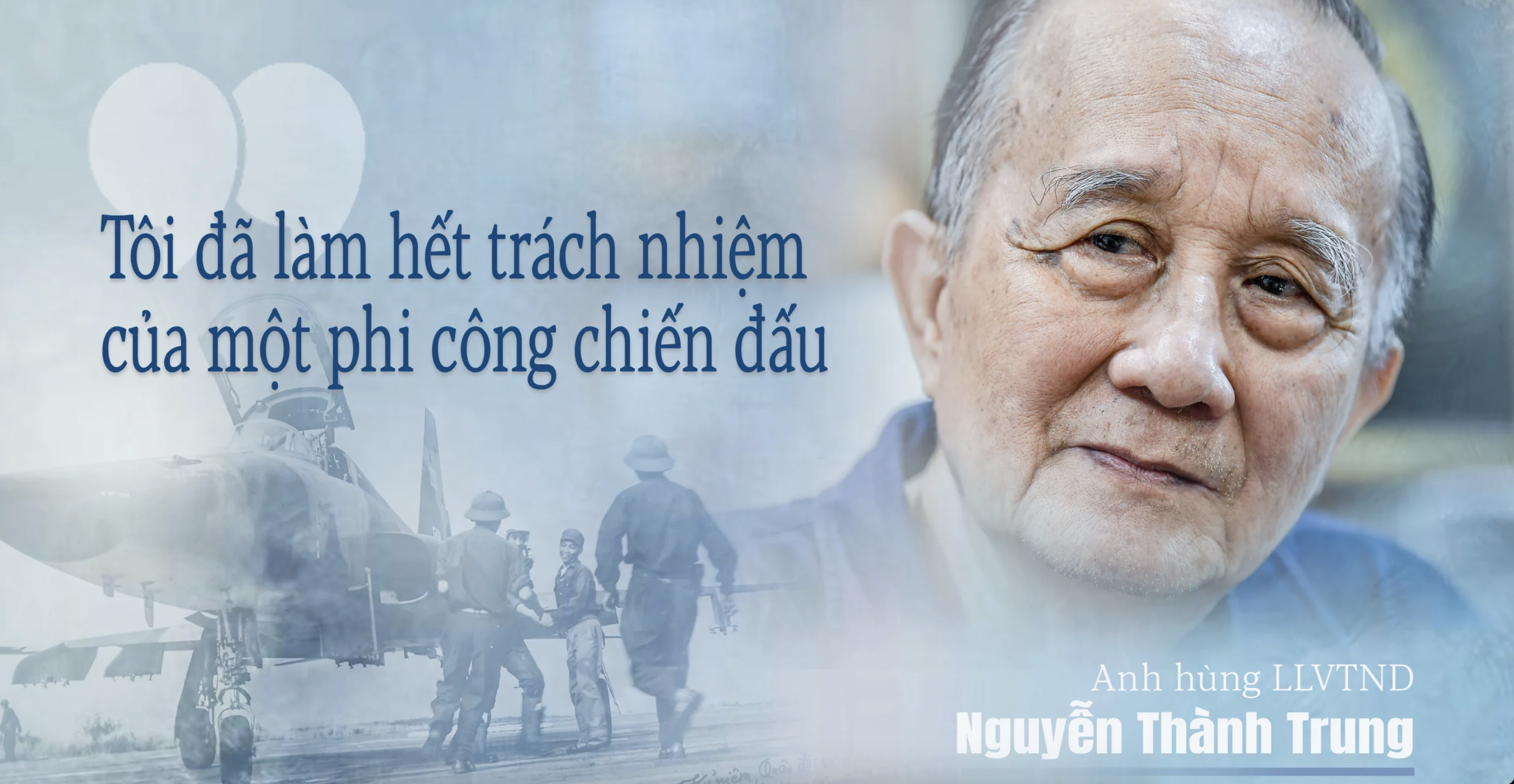
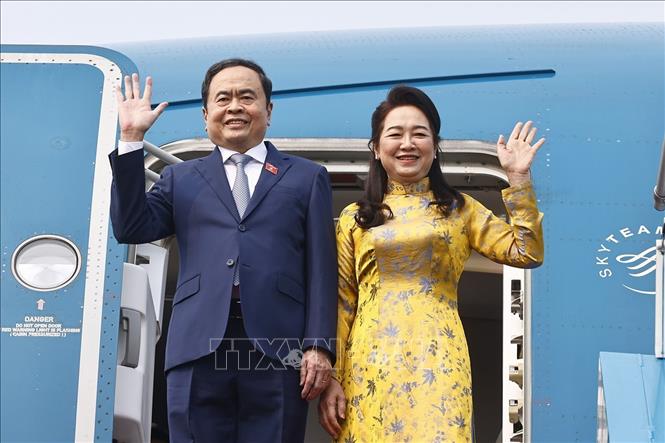

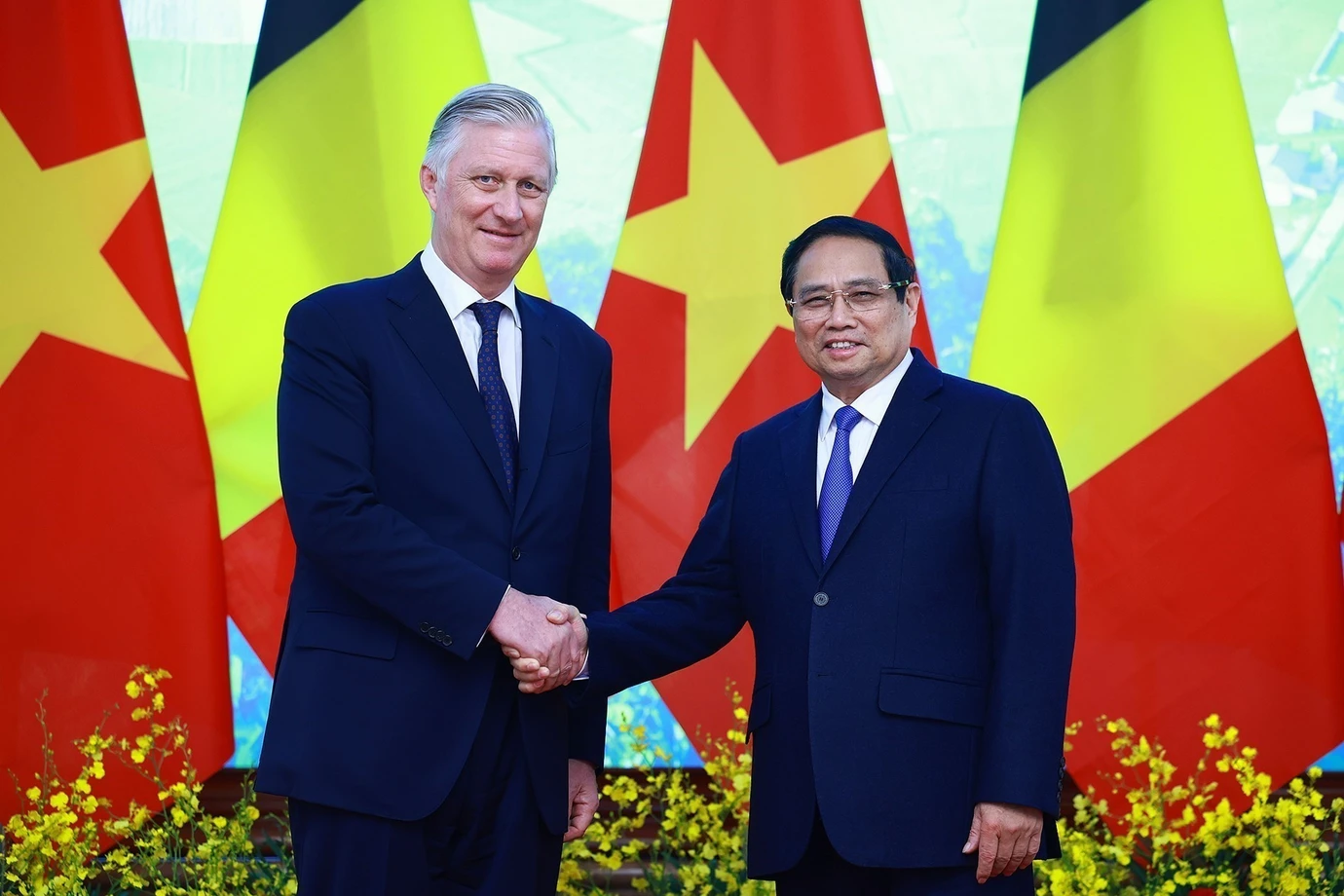







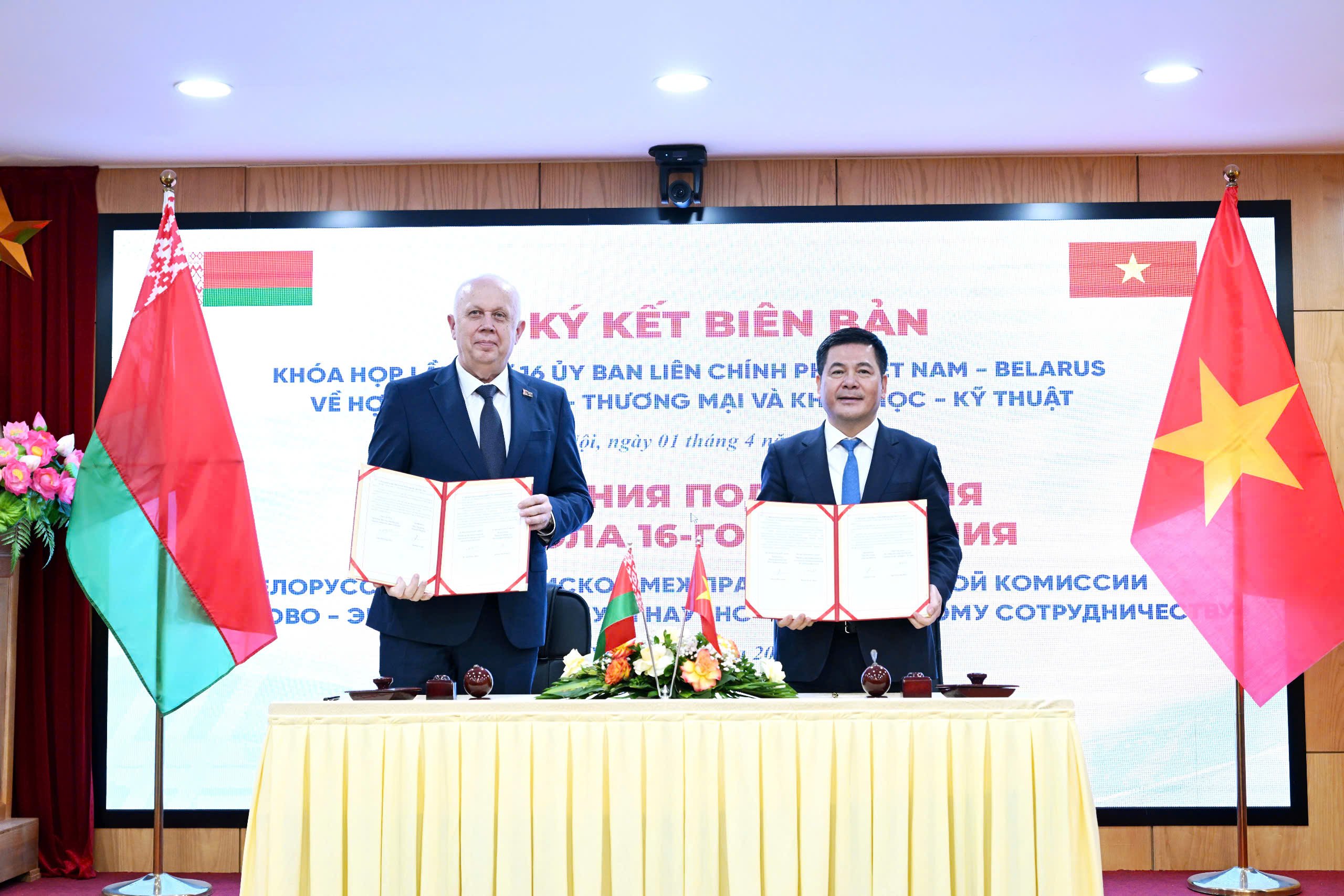
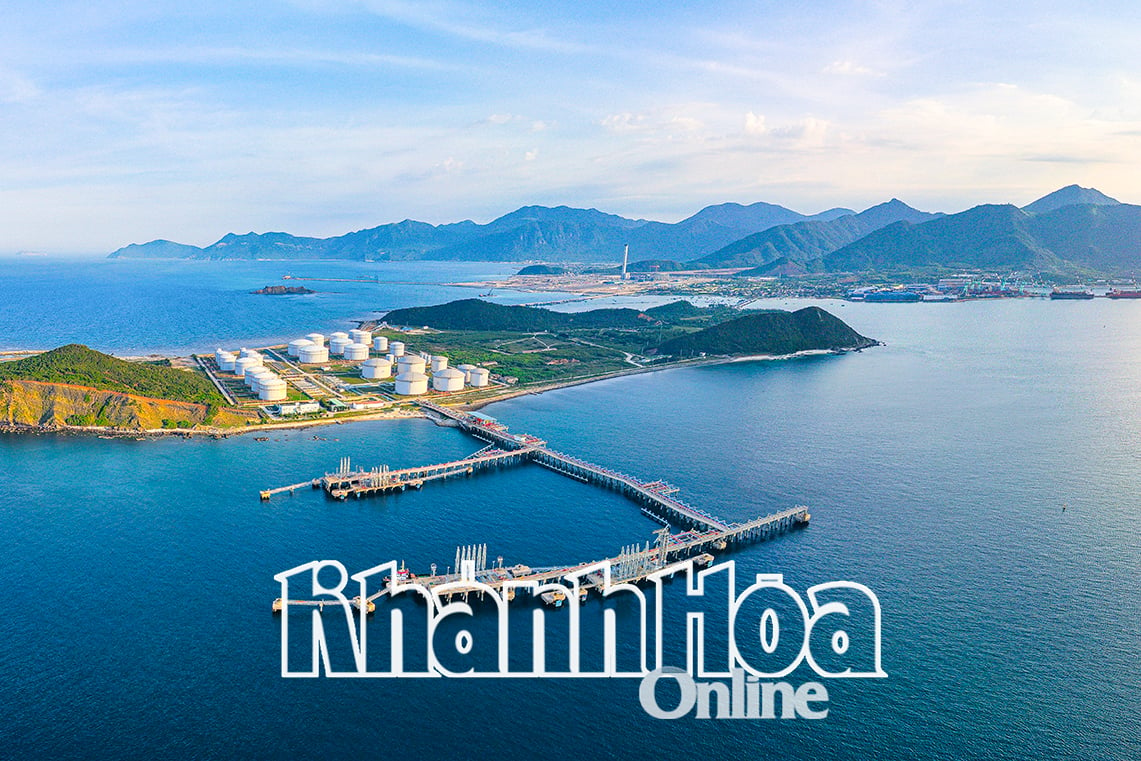

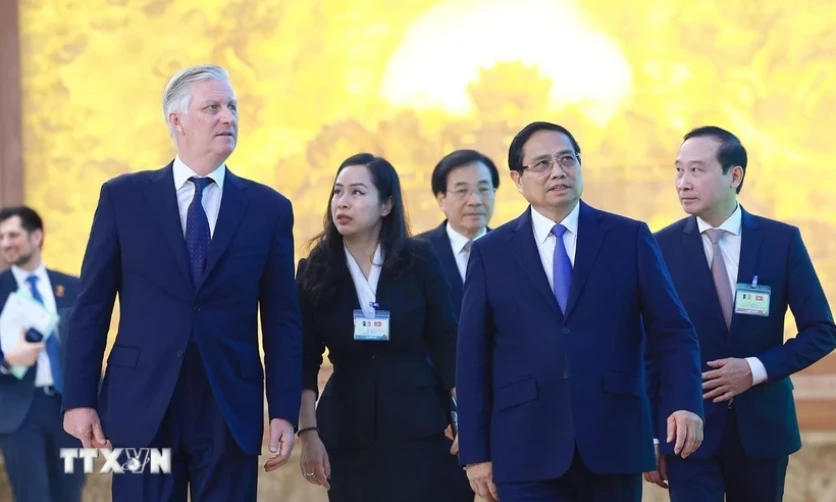
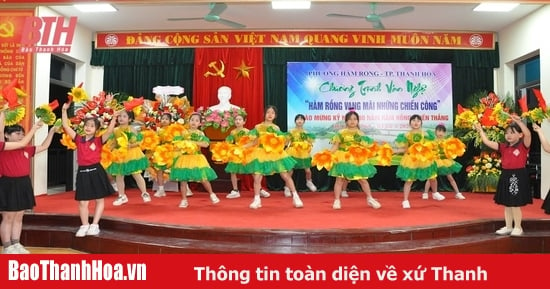



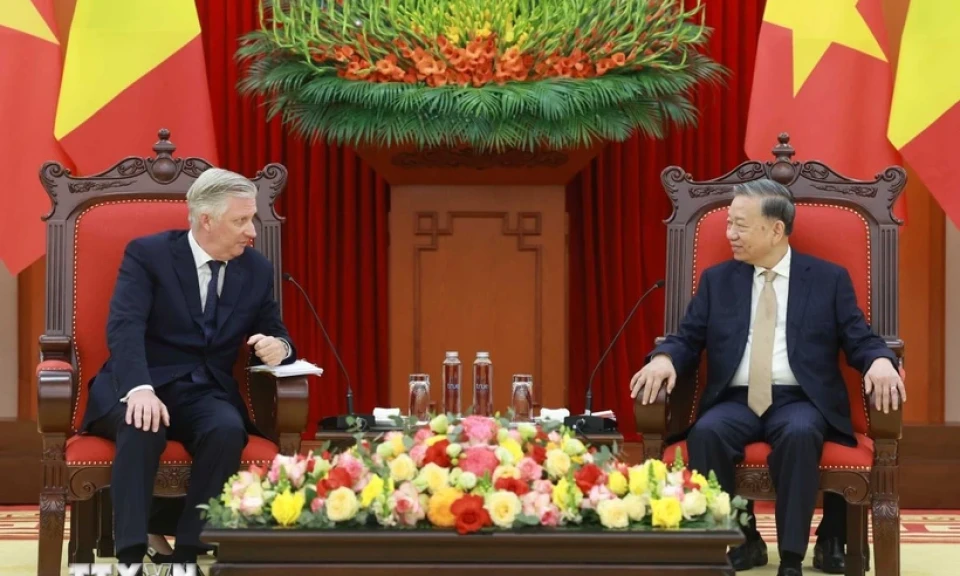










Comment (0)